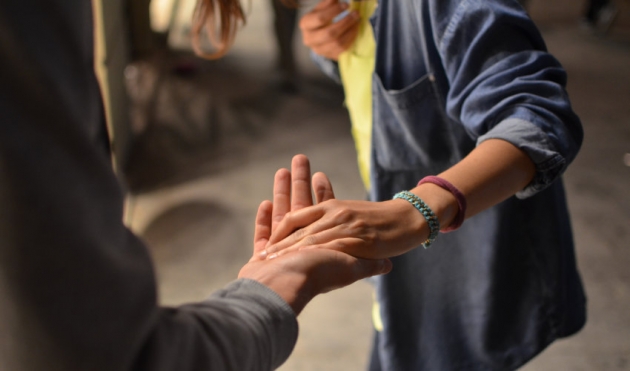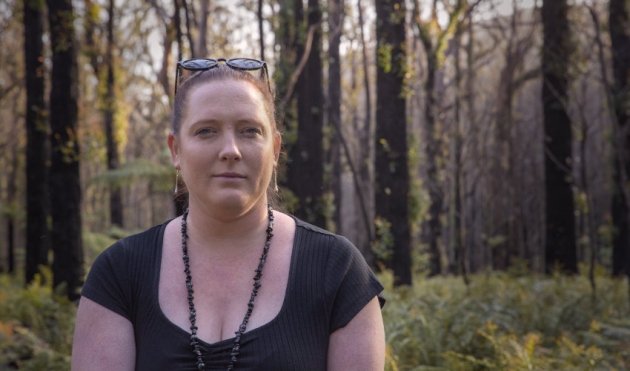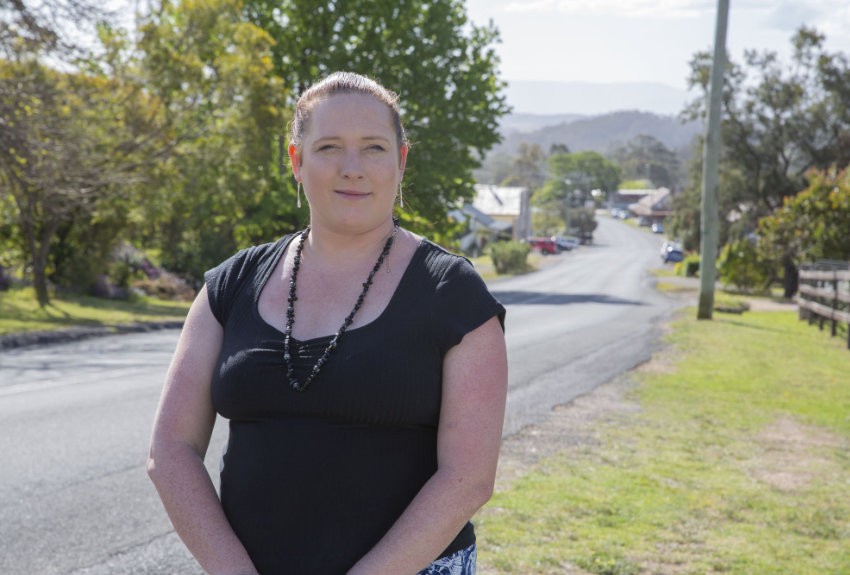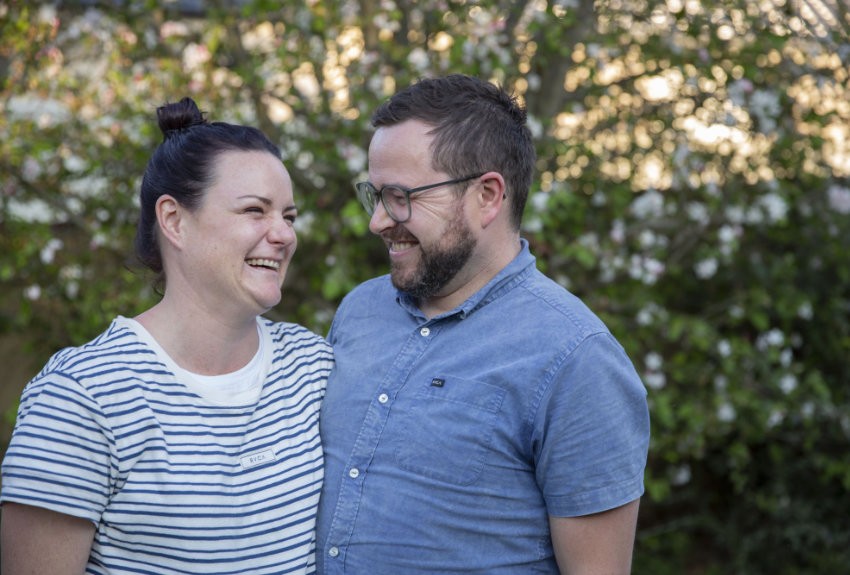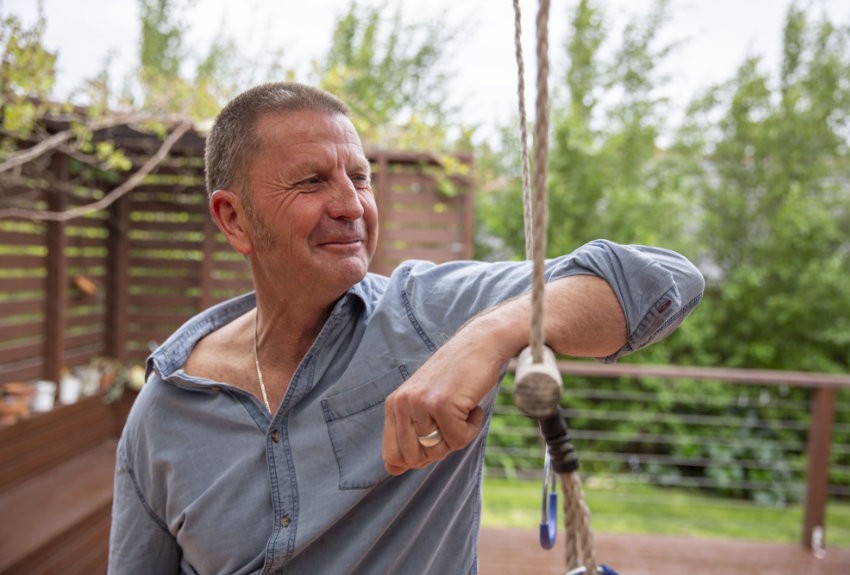Accessibility Tools
- Content scaling 100%
- Font size 100%
- Line height 100%
- Letter spacing 100%
Life After Bushfires
Seek information, access tools and learn from the experiences of others.
Featured Factsheets

Further Reading
Post-traumatic stress disorder (PTSD)
Post-traumatic stress disorder (PTSD) is a type of mental health issue that can develop after a traumatic event. A traumatic event is generally something shocking or overwhelming, such as being exposed to injury, death, or violence. Even learning about these types of events can be traumatic for people, especially if they happen to a close family member or friend, or hear extreme details over time.
Traumatic events
Going through a traumatic event is shocking and distressing for anyone. It might be an experience like a road traffic accident. It could be a natural disaster like a bushfire or flood. You may have experienced violence, sexual assault or abuse, or even a war or torture. You may have experienced this event directly, or be strongly affected by seeing it happening to someone else. Whatever the traumatic experience, it can seem like you’ll never get over what happened.
Mindfulness
Mindfulness is a mental and physical technique you can use to focus your awareness on the present moment. Being in the moment helps you acknowledge, accept and cope with painful or intrusive thoughts, feelings and sensations.
Healthy living
A healthy lifestyle is important for everyone. When we look after our physical health, we feel better too – fitter, more relaxed and better able to cope with things. This is especially important when you have a mental illness.


